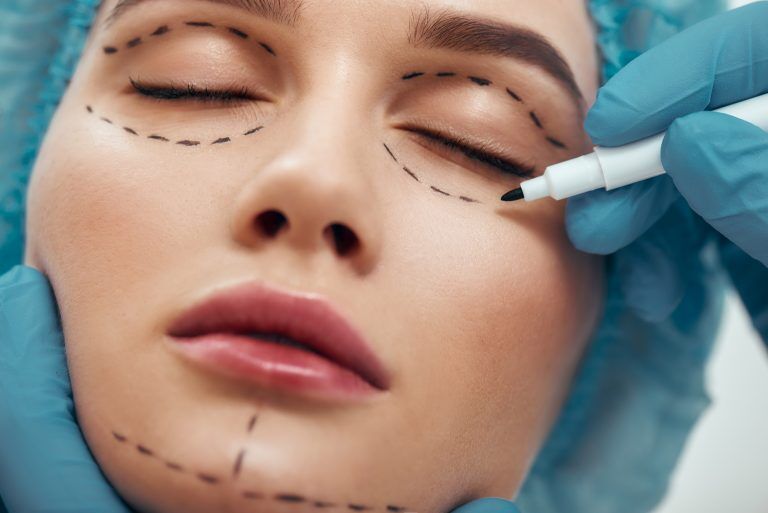US Health Care Workers Benefit As Medical Scrubs Receive A High-Tech Makeover
There is no question that technology drives the health care industry. Advancements in equipment, drugs…
 There is no question that technology drives the health care industry. Advancements in equipment, drugs and research have paved the way for the elimination of many diseases and the quick and successful treatment of a variety of illnesses and injuries. In turn, we’re living longer than ever before and it’s safe to say we’ve come a long way since blood-letting.
There is no question that technology drives the health care industry. Advancements in equipment, drugs and research have paved the way for the elimination of many diseases and the quick and successful treatment of a variety of illnesses and injuries. In turn, we’re living longer than ever before and it’s safe to say we’ve come a long way since blood-letting.
And yet with all these advancement’s, there is one glaringly low-tech component to the health care industry. One that impacts between 3 and 4 million health care workers, predominantly nurses, and is so synonymous with the medical profession that even a TV series was named after them.
Medical scrubs, so named due to the scrubbing of hands prior to surgery, have been seen throughout hospitals, dental offices and veterinarian clinics for more than 60 years. Prior to the 1940’s most surgeons wore something akin to a butcher’s apron to protect their street clothes while nurses wore head to toe garments which were called “fever uniforms.”
But as the industry became more aware of the need for clean, bacteria-free work environments, white “smocks” were introduced to emphasize cleanliness. However, with the bright lights and white walls of most hospitals eye strain became an issue and in the 1950’s and 60’s medical workers turned towards various shades of green to combat eye fatigue and make blood less conspicuous. By the 1970s, scrubs arrived at the design that is still common today: a short-sleeve V-necked shirt and drawstring pants. While most were made of cotton, polyester blends were also introduced.
Yet over the past few decades the only real changes to scrubs have come in the way of color and print options and some minor design variations. But with a recent trustees report by the American Medical Association Does Chemo Really Work recommending research in to textile transmission of health-care associated infections, it seems clear that medical scrubs will need to move from their low-tech past in to a high-tech future.
The past year or so has seen a few forward-thinking manufacturers releasing scrubs infused with antimicrobial technology. While the properties have yet to be developed to the point where all bacteria is killed on contact these early efforts are showing promise. At the very least, those choosing to wear these innovative scrubs are being provided with a host of benefits such as sweat, odor and stain resistance as well as temperature control. Until recently however, these properties would wash out of the garment in short order. But a Tennessee company has recently launched a scrubs line that has solved that problem with a product that is breaking new ground in the $750 million medical apparel industry.
Performance Healthcare Products came to the scrubs industry via a line of sleepwear they developed specifically for women battling night sweats. CEO Kirby Best, who was first introduced to sweat-wicking materials as the former driver for the Canada 1 national bobsled team, began exploring how “smart materials” could be incorporated in to the health care industry.
“When I first began looking in to the health care industry I was a little shocked to learn of the lack of innovation in the scrubs market,” said Best from his Nashville headquarters. “It just didn’t make much sense. And when we started surveying nurses about was important to them in their uniforms it seemed clear that there was some distance between what they wanted and what they had access to.”
Working with one of the largest chemical and textile manufacturers in the world, the Spartanburg, South Carolina headquartered Milliken and Company, Best and his team focused their efforts on a creating a fabric that utilizes the naturally occurring element of silver to provide the long-lasting antimicrobial protection they were after. The application comes in the form of microscopic silver ions which are encased in engineered ceramic “cages” and then embedded into a soft yet durable, breathable fabric. Silver
“We knew the technology was strong but the big question mark was if it would hold up,” said Best who was aware that other attempts at providing antimicrobial technology resulted in the active properties washing out quickly. “My team and I spent a lot of time in front of our washing machines.”
After rigorous testing and convinced that the technology would be effective for the lifetime of the garment Best went to work on a design and turned to the logical resources to assist him. “I’m not a nurse. And for me to create a design would have been a mistake. For these scrubs to work they had to meet the demands of our audience. That was the whole point of launching a scrubs line. To give professional nurses something they both wanted and needed.”
The resulting product was dubbed Performance Scrubs and it has created a new benchmark for ‘smart materials’ in the industry. Best also delivered on his goal to meet his audience’s demands by using recent textile innovations to meld softness with extraordinary durability, two important factors for nurses who are almost always responsible for purchasing and laundering their own scrubs. Performance is also the only scrubs company in the industry that does all their manufacturing in the United States which allows nurses to customize their scrubs with color, piping and design options.
Next up for Best is developing a line of scrubs that kills many forms of airborne bacteria. With the American Medical Association reporting that infections spread within a hospital or health care setting are responsible for an estimated 1.7 million infections each year, of which approximately 100,000 of these Eating Well Breakfast Recipes cases resulting in death, there is an urgent need for additional protection to both the worker and the patient. And with an additional $20 billion cost to the health care industry to combat these infections each year there is certainly a financial incentive for the industry to explore new safety innovations.
“We really weren’t aware of the depth of the problem when we began developing our product,” said Best. “But hopefully, the success of our line will lead others to look for ways to keep both workers and patients safe and protected. I mean, that’s the point of health care, isn’t it?






